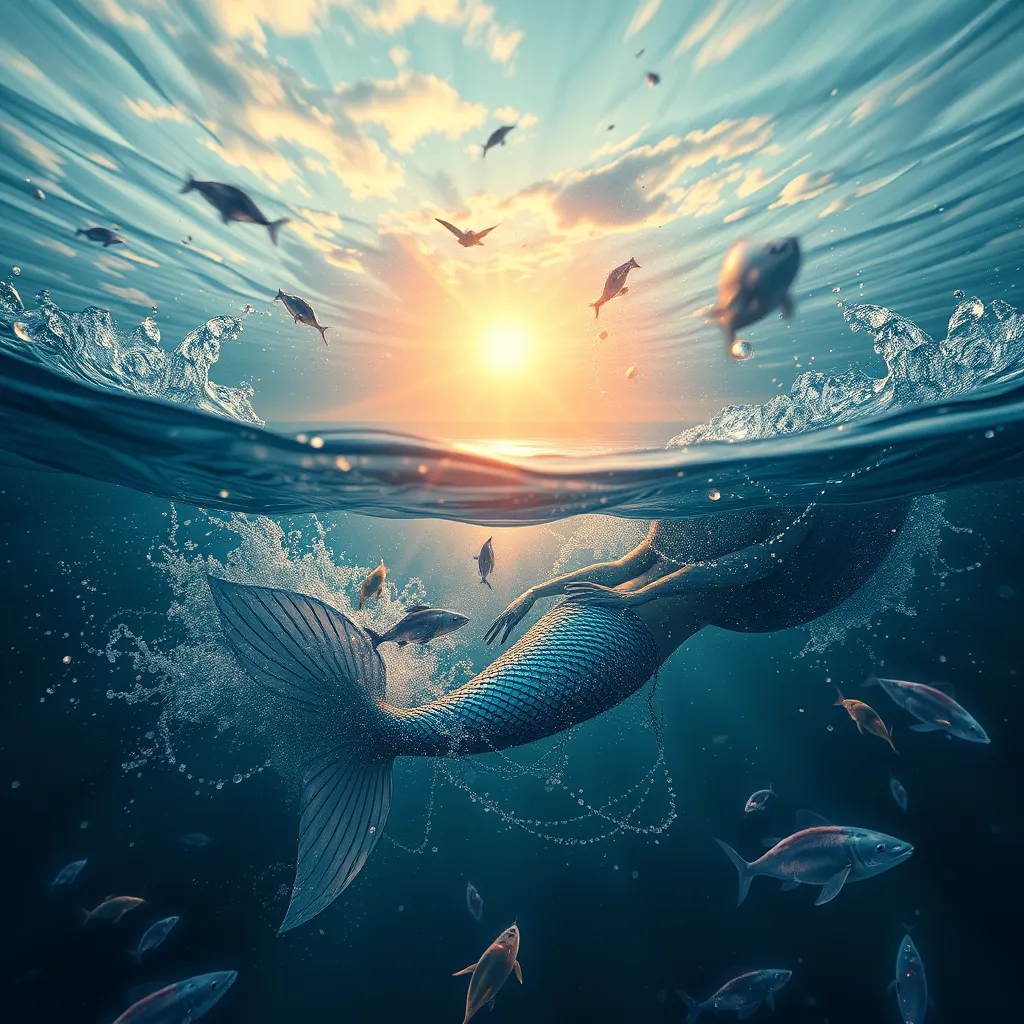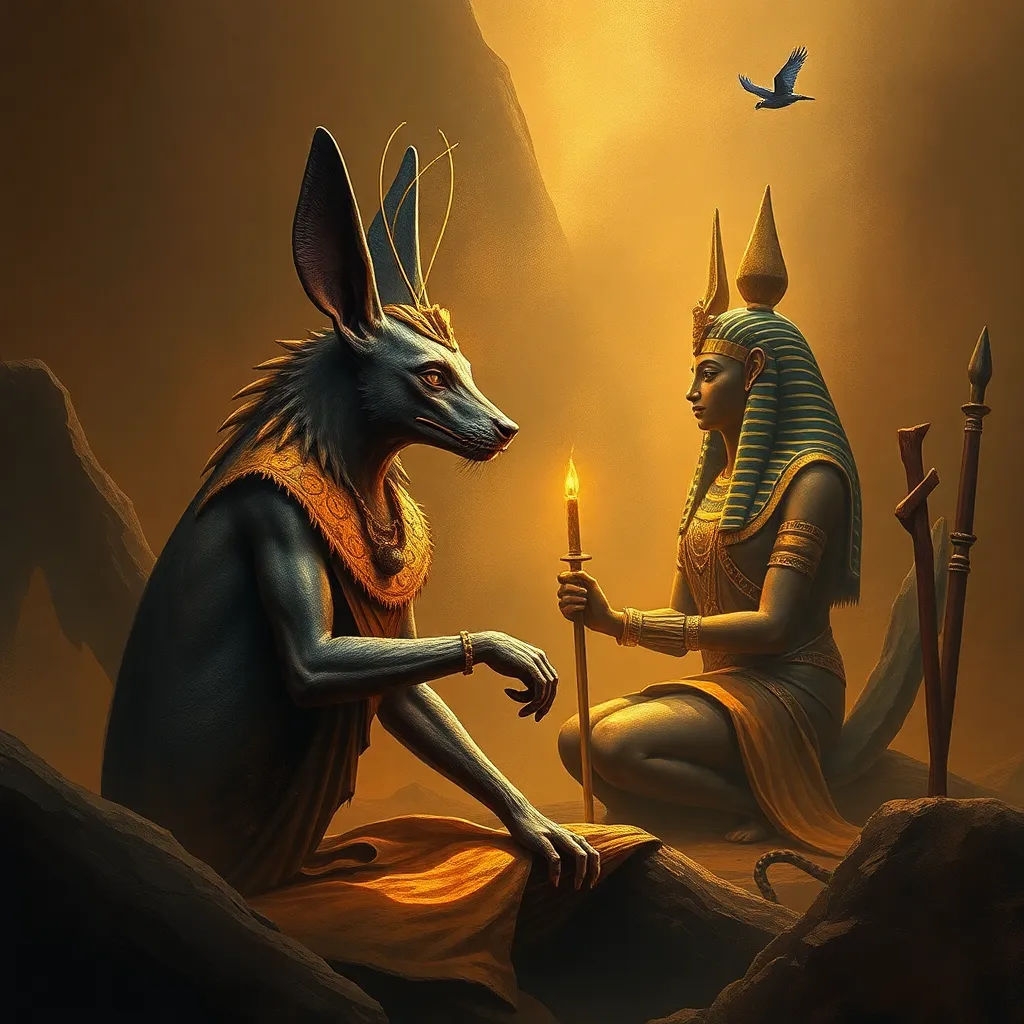Mermaid Mania: Exploring the Global Fascination with the Myth
I. Introduction
Mermaids have captivated the human imagination for centuries, often depicted as enchanting beings with the upper body of a woman and the tail of a fish. These mythical creatures symbolize both beauty and danger, representing the duality of the ocean itself. The fascination with mermaids transcends cultures and epochs, making them a universal symbol of mystery and allure.
This article delves into the historical origins of mermaid myths, their evolution in popular culture, their contemporary representations, and the symbolism they embody. We aim to explore why mermaids continue to enchant audiences worldwide and what they represent in today’s society.
II. Historical Origins of Mermaid Myths
A. Ancient civilizations and their mermaid stories
Throughout history, mermaids have appeared in the folklore of various civilizations. Their origins can be traced back to ancient times, where they were often associated with fertility, love, and the sea.
- Mesopotamian myths: The earliest known mermaid-like figure is the goddess Atargatis from ancient Syria, who was said to transform into a fish to escape her human lover.
- Greek mythology: The Greeks told stories of sirens, beautiful creatures who lured sailors to their doom with their enchanting songs. While not exactly mermaids, sirens share many characteristics with these aquatic beings.
B. Cultural variations in mermaid legends
Mermaid legends vary significantly across cultures, reflecting local beliefs and environments.
- European folklore: In European tales, mermaids are often depicted as tragic figures, such as in Hans Christian Andersen’s “The Little Mermaid,” where the mermaid sacrifices her voice for love.
- Asian mermaid tales: In countries like Japan, there are stories of ‘ningyo,’ fish-women who grant immortality but also bring misfortune.
III. The Evolution of Mermaids in Popular Culture
A. Representation in literature and art
Mermaids have inspired countless works of literature and art, evolving in their portrayal over the years.
- Classic tales: Stories like “The Little Mermaid” have become timeless classics, exploring themes of love, sacrifice, and identity.
- Modern interpretations: Contemporary literature and films have reimagined mermaids, often portraying them as strong, independent characters who challenge traditional roles.
B. The impact of Disney and animated films
Disney’s adaptation of “The Little Mermaid” in 1989 revolutionized the mermaid myth in popular culture. The film presented a vibrant, colorful world that made mermaids accessible and appealing to younger audiences. This portrayal has led to:
- A surge in interest in mermaid-themed merchandise.
- The creation of numerous other films and television shows featuring mermaids, further embedding them in popular culture.
IV. The Mermaid in Contemporary Media
A. Television series and streaming content
In recent years, mermaids have made a significant impact on television and streaming platforms. Series like “H2O: Just Add Water” and “Siren” have explored mermaid lore in modern settings, appealing to diverse audiences.
B. Social media trends and user-generated content
Social media platforms have seen a rise in mermaid-themed content, with users sharing their own interpretations, costumes, and artwork. This trend has fostered a community of mermaid enthusiasts who celebrate and promote the myth.
C. The rise of mermaid-themed merchandise
The fascination with mermaids has also led to a booming market for mermaid-themed merchandise, from clothing to home décor, catering to fans of all ages.
V. The Symbolism of Mermaids
A. Mermaids as symbols of femininity and empowerment
Mermaids often embody feminine ideals, representing beauty, mystery, and strength. In contemporary interpretations, they are frequently seen as symbols of empowerment, challenging traditional gender roles.
B. Environmental connotations and ocean conservation
Mermaids also serve as symbols of the ocean and its preservation. They remind us of the beauty and fragility of marine ecosystems, inspiring movements for ocean conservation and awareness of environmental issues.
C. Psychological interpretations of the mermaid myth
Psychologically, mermaids can represent the subconscious mind, the duality of human nature, and our desires. They embody the tension between the known and the unknown, often serving as a metaphor for personal transformation.
VI. Cultural Events and Festivals Celebrating Mermaids
A. Mermaid parades and festivals around the world
Various cultures celebrate mermaids through parades and festivals, where participants dress as mermaids and engage in festivities that honor the myth. Examples include:
- The Mermaid Parade in Coney Island, New York.
- The International Mermaid and Ocean Conservation Festival in Florida.
B. The role of cosplay and community engagement
Cosplay has become a popular way for fans to express their love for mermaids, fostering community engagement and creativity. Events often feature contests and gatherings that celebrate this mythical creature.
C. Economic impact of mermaid-themed tourism
Mermaid-themed events and attractions have spurred tourism in many regions, contributing to local economies and promoting marine awareness.
VII. The Intersection of Science and Myth
A. Marine biology and the search for mermaid-like creatures
The search for mermaid-like creatures has intrigued marine biologists, who study marine life to understand the origins of these myths. While mermaids are fictional, some marine animals have features that may have inspired these stories.
B. The influence of ocean exploration on mermaid myths
As ocean exploration has advanced, discoveries of new marine species have often ignited imaginations, leading to renewed interest in mermaid myths and the mysteries of the sea.
C. Debunking myths: The role of science in understanding marine life
Science plays a crucial role in debunking myths surrounding mermaids, educating the public about marine life, and emphasizing the importance of conservation.
VIII. Conclusion
The enduring allure of mermaids lies in their ability to captivate our imagination and reflect our deepest desires and fears. As we continue to explore and reinterpret these mythical beings, their significance in culture and society remains strong.
Looking to the future, the myth of the mermaid will likely evolve, adapting to contemporary issues such as environmental conservation and gender empowerment. Ultimately, mermaids serve as a bridge between our dreams and the realities of our world, reminding us of the beauty and mystery that the ocean holds.



